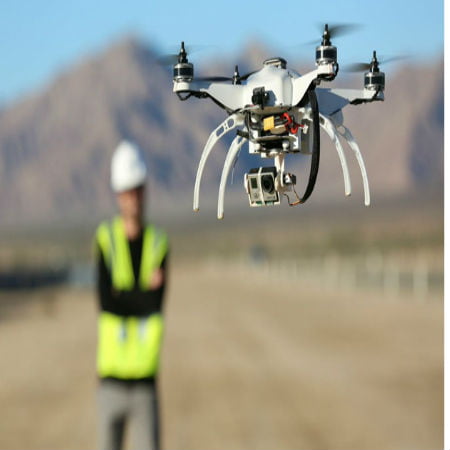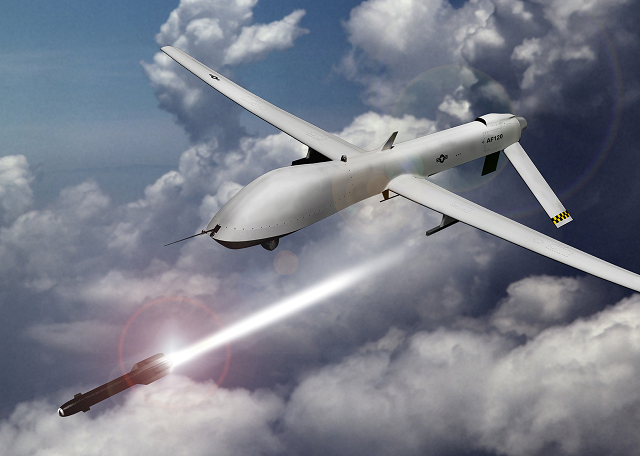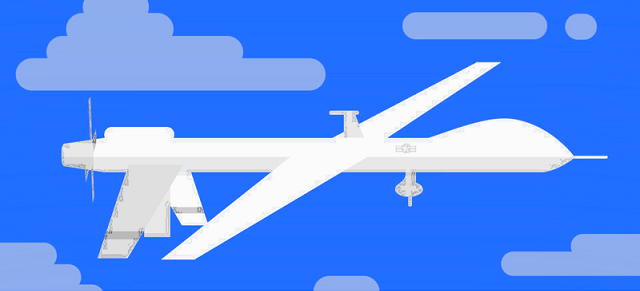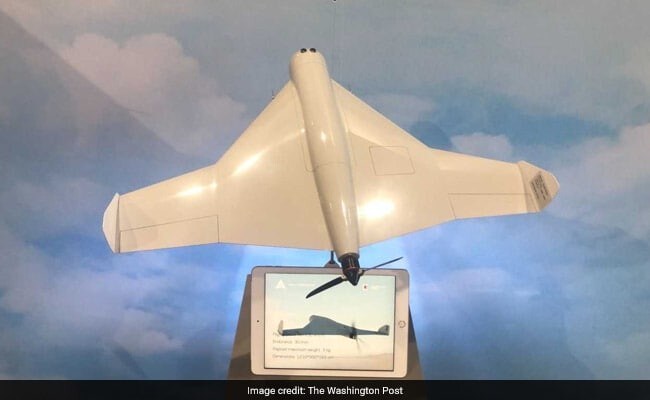
The versatility of drones is fast becoming one of its most important characteristics. It used to be the dreaded man-made bird killer. But now drones’ advancement are expanding.
Humming from a distance on March 17, 2011, over the sky of the Waziristan Mountains, on the border between Pakistan and Afghanistan, was the birdlike object. Could it be a bird? Is it a plane? Alas, it was an unmanned aerial vehicle (also known as drone) that was about to fire three missiles into a community meeting.
Scroll down for video

On its mission, the drone with its laser-guided missile was faithful to its original military use, leaving 40 civilians dead in a miscalculated attempt to assassinate a Taliban senior.
History of Drones
Historically, the drones first came into the skies in the form of balloons in the late 1800s. There have since been intense researches and developments in its uses by the U.S. army. Nowadays, these unmanned aircraft come in different of shapes and sizes and uses abound. They could be used to investigate hard-to-reach places, like the sheets of ice on the Arctic Ocean, and could be pre-programmed to carry out a mission or remote-controlled by pilots on the ground. With proper drone use guidelines, anyone could possibly benefit from them.

Dronepedia
The versatility of drones is a result of the on-board machinery that makes them specific to their mission. For instance, in an Arctic ice mission, the drone comes with scientific instruments such as cameras capable of detecting visible and infrared light. This drones’ advancement gave scientists the rare privilege to see the structure of disintegrating ice in areas where it would otherwise be perilous to tread.
New Allies for Drones’ Advancement
Putting aside military weapons and climate scientists, the unmanned aircraft have found another friend in the 3-D printer. Dr. Mirko Kovac and his team at Imperial College London, together with partners at Bath University, UCL and the Dyson robotics laboratory, in February this year, received US$4,458,675 for a project involving aerial construction-bots, this time arming to create drones with 3-D printing technology.
According to Dr. Kovac, a specialist in aerial robotics, “These autonomous [self-directing] vehicles that are able to precisely deposit structural material from the air could manufacture buildings and repair infrastructure elements.”
In description, the process followed by these “builder robots” is called additive building manufacturing (ABM) where drones excrete materials to build structures. In times of disaster, all sorts of obstructions can prevent humans from accessing the damaged region. Dr. Kovac’s team is hopeful that this new technology will allow robots to fly into these areas and print new buildings.

Justdial
“The approach that we take to develop these vehicles is conceptually inspired from nest-building animals that build large structures using collective behaviors,” he added.
Many thanks to scientists such as Dr. Kovac, military technology is evolving to become builder’s equipment. With this newly found potential to rebuild lives and not to mention drones mounted with a real-time GPS tracker, it seems drones have come a really long way since the March 2011.
Watch the video below